Learn the Ability to Find Fish with our ultimate guide. Learn how to find fish easily and start catching more today. Get tips and tricks now.
Learn the Ability to Find Fish Ultimate Guide to Successful Angling
Fishing is more than just casting a line and hoping for the best. It’s about knowing where fish are hiding and understanding what makes them bite. If you learn the ability to find fish it will turn a good fishing trip into an Amazing Fishing Trip one. When you learn how to read the water and interpret fish behavior, your chances of catching more fish skyrocket. This guide is packed with tried-and-true techniques to help you sharpen this essential skill and make every fishing trip a success.
Note: Products links below will take you to Amazon!
Understanding Fish Behavior and Biology
Knowing how fish behave and what they need helps in catching more fish. Fish are cold-blooded, so their activity depends on water temperature. They tend to stay near food, cover, or places where they can hide. Fish often move with the season or time of day; many feed in the early morning or late afternoon. Many species swim in schools, which helps protect them and find food. They breathe by taking in water through their mouths and passing it over gills, which extract oxygen. They are sensitive to changes in light, sound, and water quality.
Fish Habitats and Preferences – Knowing where fish like to hang out is key. Fish live in different environments depending on their species. Some thrive in freshwater lakes and rivers, while others prefer saltwater reefs and coastal areas. Factors like water temperature, cover, and food sources greatly influence where fish choose to stay. For example, trout prefer cooler, oxygen-rich waters, often hiding near gravel beds or under overhanging trees.
Feeding Patterns and Times – Fish don’t eat all day long — their feeding habits follow daily and seasonal rhythms. Different species feed at specific times, often influenced by water temperature and lunar cycles. For instance, many fish feed heavily at dawn and dusk, especially during spawning season. Weather changes, like overcast days or barometric pressure shifts, can also trigger feeding activity. Use local fishing reports or apps to find out when fish are most active.
Seasonal Movements – Fish migrate with the seasons. Salmon swim upstream to spawn, while other species move to warmer waters in winter or shallower areas in summer. These seasonal shifts affect where fish are likely to be found. Fisheries biologists say understanding these patterns is like having a map to their movements.
Recognizing and Reading the Fish Environment
Recognizing a fish’s environment means paying attention to its surroundings. Clear water usually indicates a healthy habitat. Look for plants, rocks, and logs that provide hiding spots. Fish often stay close to structures to feel safe. If water is murky or polluted, fish avoid that area. Observe where fish gather most of the time. Brightly colored fish tend to stay in open water, while duller ones hide more. Watching their behavior helps tell where they prefer to feed or rest. Changes in water temperature or quality can shift their spots. Quiet, calm areas usually attract shy or small fish. Fast-moving currents often bring bigger, stronger fish.
- Water Conditions and Clues – Learn to interpret what the water tells you. Clear water often reveals the fish’s environment, but murky water can hide them. Look for signs like bubbles, ripples, or surface activity, all of which indicate fish are nearby. If water is moving quickly, fish might be holding behind rocks or under vegetation to stay safe. Watching the water’s color and flow can clue you in on where to cast.
- Structural Features Attracting Fish – Fish love structures because they provide food and cover. Underwater features like rocks, submerged logs, or thick vegetation create safe spots for fish. Spotting these structures from the shore or boat helps pinpoint good fishing spots. For example, in a pond, areas where fallen branches form natural hideouts often harbor bass and other species.
- Using Natural Indicators – Birds and insects can really point you toward fish. When birds are swooping down or diving, they’re often after fish near the surface. Likewise, hatching insects and surface ripples often mean fish are feeding actively. Paying attention to these signs gives you a clue about where to look.
Choosing and Using the Right Fishing Equipment
Choosing the right fishing gear makes a big difference in catching fish. Pick a rod and reel suited for the type of fish you want. Use lighter gear for small fish and bigger gear for larger ones. Match your line weight to your target species. Use hooks that fit the size of the fish’s mouth. Baits and lures should look like what fish eat locally. Always check your fishing equipment to see if it’s clean and working well before you head out. Try different things first to see what works best for you.
Selecting Effective Fish-Finding Tools
Technology like fish finders and sonar units can give you a big advantage. These devices bounce sound waves off objects underwater to show you where fish are hiding. Use a fish finder to scan the water before casting. Many anglers find them especially helpful when fishing from a kayak or boat. They save time and help you quickly locate schools of fish.
Proper Tackle and Bait for Different Fish
Matching your gear to the fish you want to catch makes a difference. Use lighter tackle for smaller species, and stronger rods when targeting big fish. Bait choices should match the fish’s diet — worms and minnows work for many freshwater fish, while shrimp or squid are better for saltwater species. If one bait isn’t working, switch it up and try different types or colors until you find what works.
Techniques for Spotting Fish Without Technology
Sometimes, you can’t rely on fishing gadgets. Look for visual clues like breaking water or feeding fish. Watch for bends in the water surface or groups of birds hovering above. Understanding your surroundings and observing natural signs can lead you right to active fish. Combining these cues with your knowledge of fish habits boosts your success rate.
Developing Fishing Skills Through Practice
Practicing fishing regularly helps improve skills and builds confidence. The more you fish, the better you understand different techniques. You learn what baits work best by trying them in different spots. Watching how fish react helps you get clues on how to adjust. Patience is key; every day on the water teaches something new. You get faster at casting and reeling in fish. Over time, your instincts for knowing where the fish are will sharpen. Setting small goals and working toward them keeps you motivated. Practice turns basic skills into good habits, making fishing more rewarding.
Fishing Field Tactics and Pattern Recognition
Keep notes on where you catch fish and what conditions were like. Recognize patterns — do they feed more after rain? Are they near certain structures? As you gain experience, you’ll start noticing how fish respond to different situations. Each trip teaches you something new, helping you plan smarter for your next outing.
Learning from Local Experts and Resources
Local anglers and guides know the waters better than anyone. Talk to them, ask for advice, and learn their favorite spots. Use fishing apps, maps, and online forums for tips. Combining local knowledge with your own observations speeds up your learning process and makes your fishing more productive.
Finding Fish Takes Patience
Finding fish takes patience. Not every trip will be a great fishing day, and that’s okay. Keep a detailed fishing log book—note the weather, water conditions, and what bait you used. Setting small, realistic goals ensures you don’t get discouraged. Over time, your skills improve, and you’ll find fish more often than you lose.
Thank you for Reading Our Learn the Ability to Find Fish Post

When you are trying to Learn the Ability to Find Fish — it’s about understanding their habits and environment. Use natural signs and technology wisely, while continually practicing and learning from your experience. Talk to local experts and keep your patience close. As your skills grow, fishing will become less of a guessing game and more of a controlled pursuit. Gear up with the right knowledge, and watch your success rate soar. Catching fish consistently turns a simple hobby into an exciting, rewarding skill.
Happy fishing!
We post on several sites on Socia Media. By joining us on your favorite ones you can get updates on our latest Fishing Posts.
Find us on Facebook – Twitter – Pinterest – YouTube
Check out our post on some cool fishing gadgets that any fisherman would enjoy! Do not forget any of these things that could ruin your next fishing trip here.
Hope you have fun Fishing every day. Fish On!


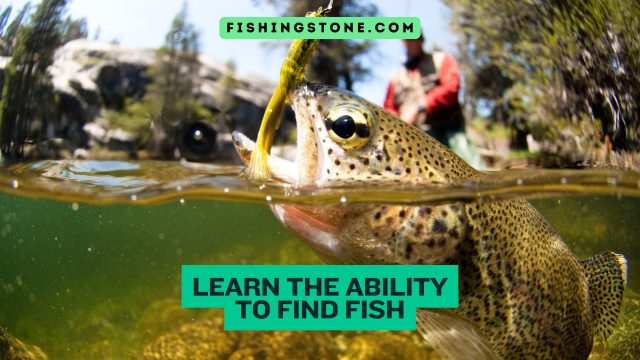
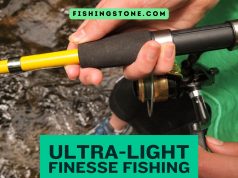
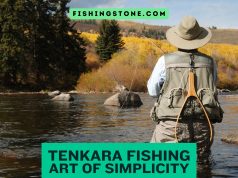
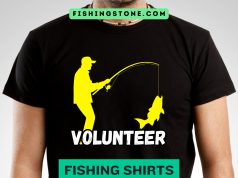
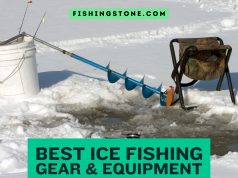
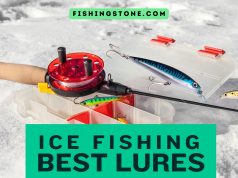

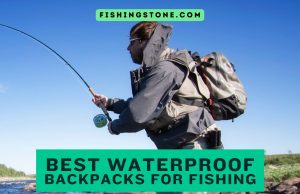
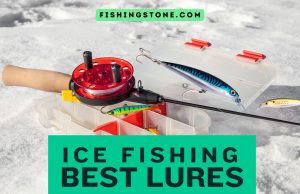

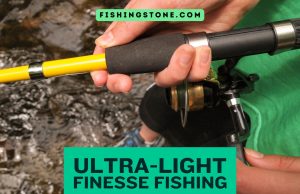
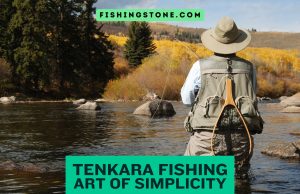

Master the skill of finding fish with our ultimate guide. You’ll learn simple steps to locate fish faster on any water. Use our tips to understand where fish hide and what signs to look for. Find the best spots with ease and start catching more fish today. Our tricks don’t require fancy gadgets—just clear advice you can trust. Whether you fish from a boat or shore, this guide helps you improve your skills quickly. Pick up these proven methods and see your catch increase. Stop wasting time searching aimlessly. Get focused, catch more fish, and enjoy fishing even more.